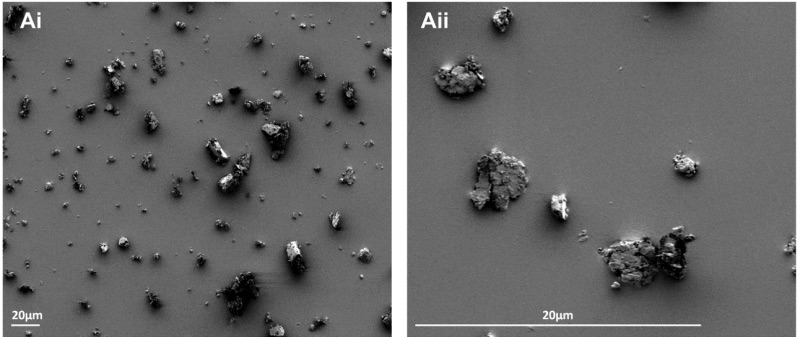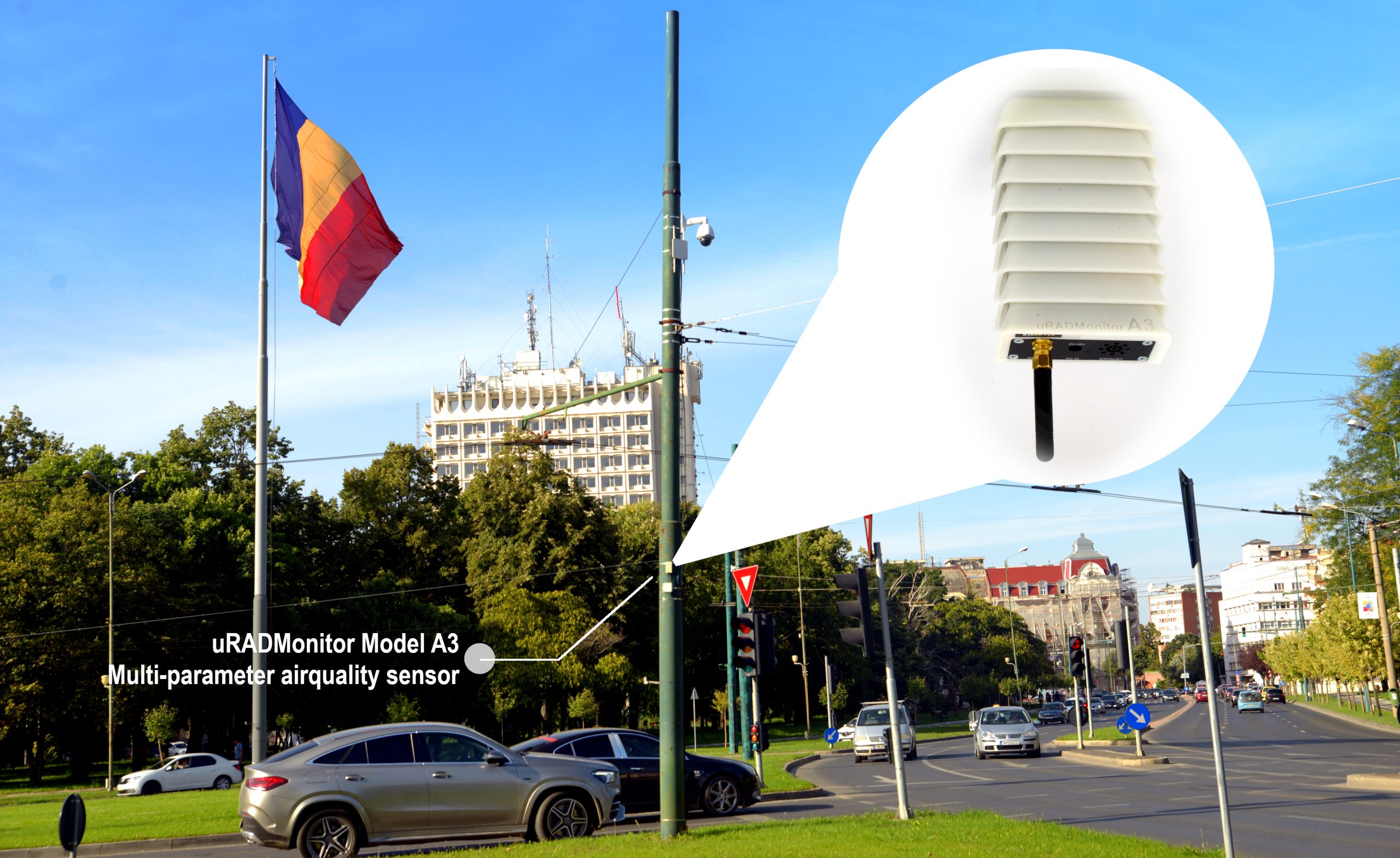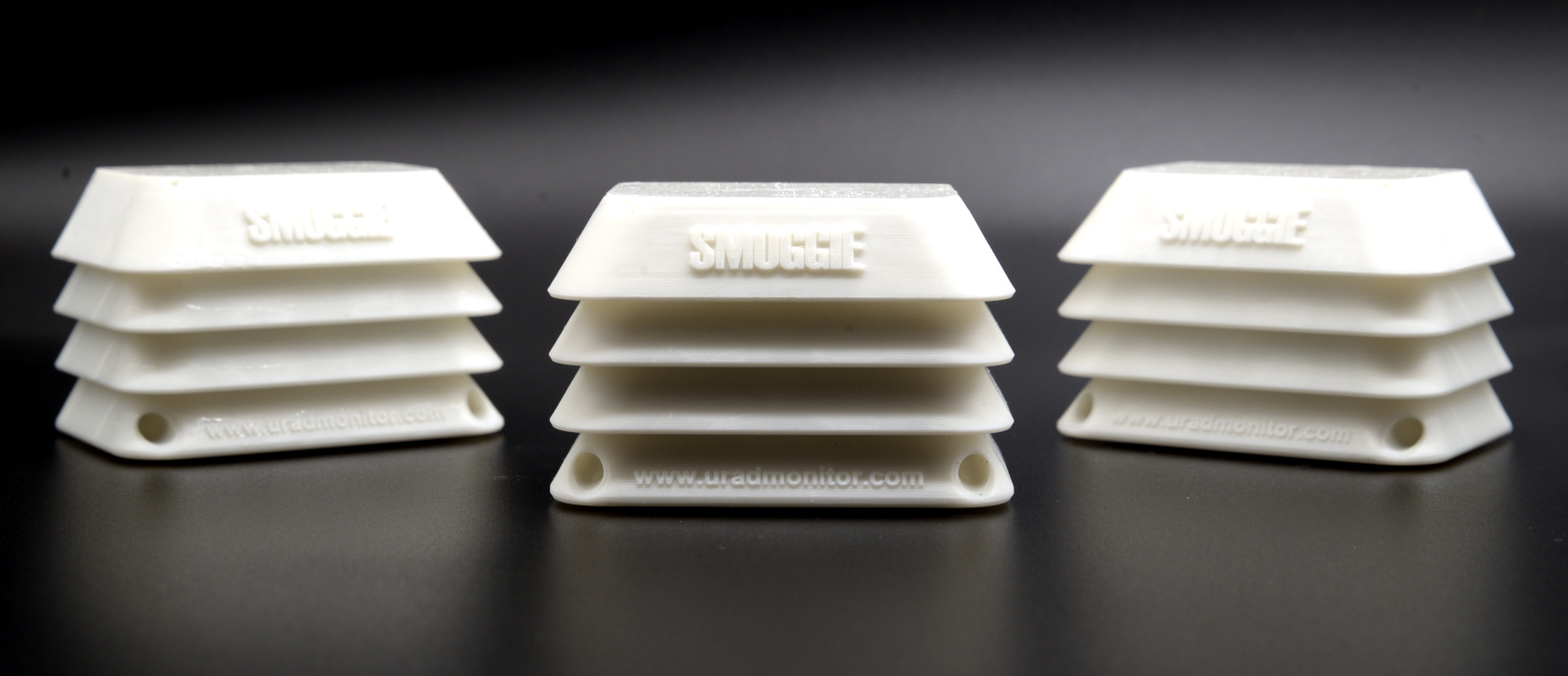
We know well that traffic is a major source of pollution. But what does that mean, actually? First thing that pops to our minds is, of course, the exhaust gas, that contains carbon monoxide, nitrogen oxides, and particulate matter, all of which can have harmful effects on human health, especially with long-term exposure. It’s generally accepted that exposure to car exhaust fumes can contribute to respiratory and cardiovascular problems and can also be a contributing factor in the development of certain cancers.
But, there’s a lot more to it. And to the surprise of some, there is no pollution free transportation, not even for electric cars.

Emissions related to road transport are generally classified into two categories: exhaust emissions which result mainly from the chemistry of fuel combustion (called EE) and non-exhaust emissions (NEE) which result from the wear and friction of the various surfaces (road, tires, brake pads). The latter also includes the particles deposited on the roads and which can be resuspended by traffic motion or by wind. All these sources contribute to the bigger picture of pollution caused by traffic.

With the increasing awareness of the negative impact of pollution, considerable efforts were made to reduce pollution caused by traffic, but all these efforts were channeled in the direction of reducing EE pollution (exhaust emissions): stricter standards imposed on manufacturers (the EURO standard) or the proliferation of electric cars.

However, fine particle pollution continued to be a problem, due to NEE (non-exhaust emissions).

In order to effectively characterise the pollution with particulate matter generated by NEE, it is important to begin to understand its emission mechanisms. And this remains a real challenge because there are several parameters that influence the phenomenon. Using sensors installed near major boulevards in several cities around the globe, uRADMonitor accumulates valuable data that describes this pollution phenomenon in detail, but more research work on the data is needed.
Meet the CEPARER Project
In this context, a project entitled Characterization of particulate emissions resuspended by road vehicles (“CEPARER” from French “Caractérisation des émissions de particules remises en suspension par les véhicules routiers”) is currently being carried out by a team of researchers from the École supérieure des techniques aeronautiques et de construction automobile (ESTACA) in partnership with Airparif and the Technical Union for automobiles, motorcycles and cycles (UTAC). This project is supported by the French Environment and Energy Management Agency (ADEME) as part of the AQACIA2020 program (Improvement of air quality: understand, innovate, act) launched in 2020.
The objective of the CEPARER project is the detailed study of the mechanisms contributing to the resuspension of particles by moving vehicles, the characterisation of the emission modes and the main factors influencing the resuspension (speed, category and weight of the vehicle and type of tires). The project, which will span three years (2022-2025), will be carried out in two parts:
- a laboratory study on a test bench at ESTACA -and-
- an outdoor study on one of the tracks of the UTAC at the Linas-Montlhéry autodrome.

These two phases of the project should bring important insight on the concentrations and particle sizes of the resuspended particles and the correlation to the vehicles characteristics. The factors favouring this phenomenon will also be studied.
More on the project on the ESTACA website, here.
Health impact
Globally, the deterioration of air quality is a major concern, as its impact on our wider quality of life is considerable. According to the World Health Organization (WHO) and the Organization for Economic Co-operation and Development (OECD), the cost of air pollution on health and mortality in European Union countries in 2010 is at $1.575 billion. We estimate this number has doubled by 2020.
uRADMonitor involvement in the project
We provided a batch of custom uRADMonitor particulate matter sensors including the source code so it can be further customised by the researchers for their experiment needs.

The uRADMonitor devices are capable of measuring multiple particulate sizes, including 0.3, 0.5, 1, 2.5, 5 and 10 to generate a wider set of data on the resuspension phenomenon. The custom firmware provided also ensures a max temporal resolution of 1 second, so the sensors will be able to catch even the short increases in particle concentration. More on these sensors here.
codemore code
~~~~